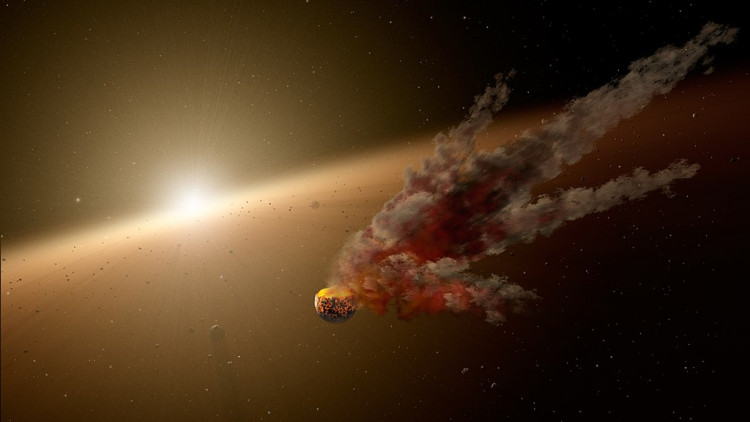Another asteroid is set to pass so near to Earth that the closest point is estimated to be closer than the Moon.
The nearest approach of the Asteroid 2020 XF4 to Earth will take place on Wednesday, Dec. 16 at 11:16 UTC. At that time, the nearest distance between Asteroid 2020 XF4 and Earth is 343,047 kilometers, which is equal to 0.8923 Lunar Distances, or 53.85 Earth Radii.
Although this could well sound much too distant to be classified as a 'near-earth asteroid,' the term is technically accurate, particularly when the almost impossible dimensions involved in space exploration are taken into account.
The asteroid is also known to hurtle at 6.81 km/s. As far as things created by humans are concerned, this is extraordinarily fast.
According to NASA, the Parker Space probe is the fastest moving manmade object, believed to be flying at 153,545mph. Very likely, the fastest man-made object on Earth is a rail gun projectile capable of moving at about 2.52 km/s.
NASA also states that the asteroid is about 62ft in diameter. This indicates that the fragment of interstellar debris is about the size of a four-story building. Whenever space rocks with such sizes crash with our world - although they will not - they will burn safely in Earth's dense atmosphere.
In recent months, asteroids have been making headlines all around the world.
Japan's JAXA Space Agency made headlines this week when its bold asteroid samples landed on the Australian outback last Sunday. The space rock sample was obtained from the near-earth asteroid Ryugu.
JAXA, which manages the Hayabusa 2 mission, released a photo on Tuesday inside a two-inch (48-millimeter) container known as chamber A. The picture reveals a small pile of black Ryugu pebbles, a half-mile-wide carbon-rich asteroid, a vital building block to life.
Project planners planned Hayabusa 2 to collect at least 100 milligrams of Ryugu asteroid dust. Engineers had no way of quantifying the contents of the sample canister until it returned to Earth, but they were confident that the spacecraft would receive the required information.
And just weeks before that, NASA's OSIRIS-Rex mission team confirmed that at least 60 grams of Bennu asteroid surface dust had been produced by their spacecraft. Scientists expect that Bennu's asteroid would also open a window into the early solar system before it begins to take shape.
Following the progress of the October Touch-And-Go mission, NASA has now directed the spacecraft to launch its journey back to Earth, with the return date scheduled for March.



